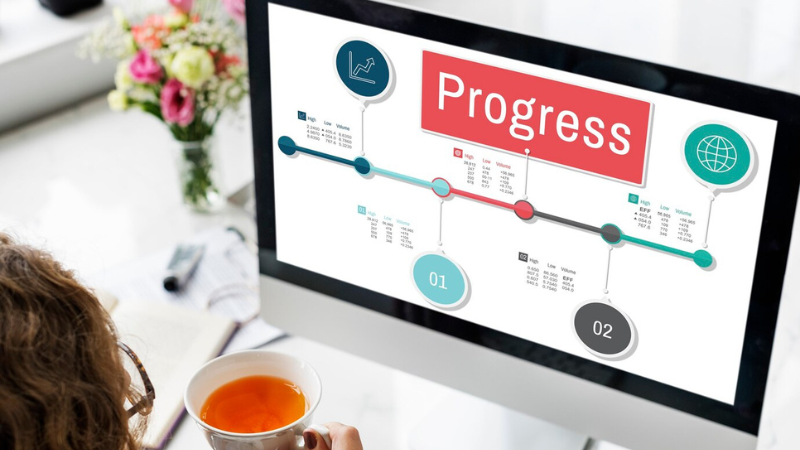We earn commission when you buy through affiliate links.
This does not influence our reviews or recommendations.Learn more.
What Is a PMO?

It also directs people and encourages them to achieve the key metrics while executing the project.
Apart from that, a PMO participates in managing projects strategically by monitoring projects and reporting on them.
The standards and practices a PMO defines must be implemented by everyone associated with a project.

Meanwhile, the organization can obtain better returns on investments (ROI) by completing projects within budget.
A PMO also helps minimize risks, errors, and other inefficiencies in a project and its delivery.
This is why its also called advisory PMO.

It also deals with providing training and development for managers and team members.
Supportive PMOs exercise minimal control in project management.
So, the final decision on any advice depends on the upper management or project manager.

It frames guidelines, standards, policies, and best practices and requires everyone to follow them.
#3.Directive PMO
A directive PMO exercises a high level of control in project management.
This is why it can direct and enforce standards and policies and ensure their uniform implementation.

It directs project execution, administering each task, role, and process.
Sometimes, an organization can take the hybrid approach by combining the types of PMOs if needed.
It also verifies if the project aligns with the organizations goals and values.

There are differentproject management techniquesa PMO can consider agile, scrum, waterfall, lean, Kanban, etc.
to work on the project and maintain it.
Managing Resources
Resource management is a key function of a PMO.

This wing of an organization manages resources dedicated to a project.
It includes workforce, time, budget, tools, technologies, and so on.
The PMO decides what project would need which resources and how much and makes decisions accordingly.

It takes into consideration schedules, priorities, and expenses to make decisions and allocate resources.
This way, the PMO aims to optimize resource consumption, ensuring minimal wastage.
A PMO also reports project status and inconsistencies to senior leaders and key decision makers.

The PMO keeps on measuring the performance of workflows and individuals working on the project.
It tracks the status of the project and ensures that it is completed on time without compromising quality.
Aiding Decision Making
A PMO can advise senior management while making certain decisions related to projects.

The aim behind this is to keep employees up-to-date with the latest tools, technologies, and technologies.
So, modern PMOs take the front stage by exercising leadership and governance in project management.
A PMO chooses a suitable project methodology (like Scrum, Agile, Waterfall, etc.)

based on the requirements and deadline.
The tools and technologies they choose can be for each stage in the project lifecycle.
you’ve got the option to also track how each member is utilizing resources and optimize it.

This will help you understand the issues in project management and how setting a PMO would solve them.
For this, have a discussion with your leaders, project managers, and key decision-makers.
It will include various aspects of your project in terms of function, structure, and discipline.

Making strategies around these aspects will ensure the roles, responsibilities, and goals are clear.
you’ve got the option to also work towards their training and development.
#5.Implement Processes and Tools
After building your PMO team, start streamlining your projects.
Implement project management methodologies and processes based on the project needs and goals.
If you see any inefficiencies or issues, resolve them quickly.
Also, stay updated with recent business changes and technologies and adapt to them.
Take their feedback and opinions in various processes at each stage of the project management lifecycle and improve them.
Adapt to the latest technologies and tools for communication and project execution to enhance project efficiency.
In addition, be aligned with the needs of your customers.
They might need some last-minute changes or changes during any stage of the project.
This will unlock the management team to detect issues and resolve them faster.
It will ensure the projects are completed on time and with quality.
So, provide multiple communication channels to team members no matter how far they are working from.
Encourage everyone to be transparent and engage proactively.
Case Study
Cognizant is a consulting and professional services company with 300k+ employees worldwide.
The company wanted to modernize its traditional processes, which hindered visibility across various programs and attracted security issues.
Cognizant built a multidisciplinary department to create and implemententerprise PMO by partnering with Planview.
This helped them streamline and automate their project management processes and enhanced security.